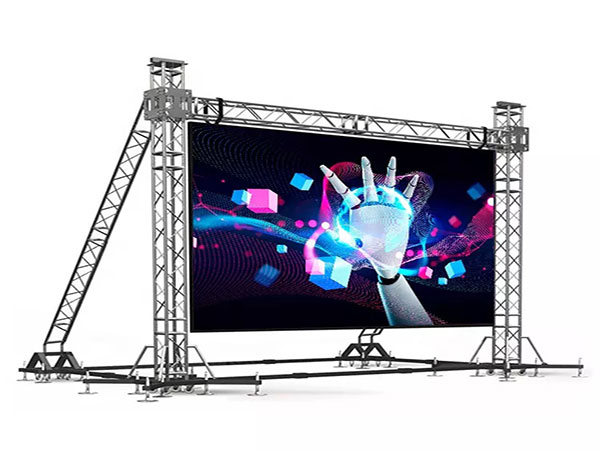Investigating the Key Elements That Affect Color Uniformity in LED Wall Screens for Optimal Display Output
Investigating the Key Elements That Affect Color Uniformity in LED Wall Screens for Optimal Display Output
Blog Article
Color consistency in light-emitting diode wall screens is crucial for achieving optimal visual output. light-emitting diode wall panels are widely used in multiple settings, including musical events, meetings, and promotional displays. When the colors on these panels are consistent, they create a more captivating and enveloping encounter for audiences. Several critical elements influence color consistency, including the quality of the light-emitting diode elements, tuning procedures, and environmental conditions.
The quality of the light-emitting diode elements plays a major role in hue consistency. Various types of light-emitting diodes emit light at varying wavelengths, which can affect the total hue result. Premium light-emitting diodes are engineered to generate a more consistent light spectrum, resulting in improved color accuracy. Additionally, the production method of these light-emitting diodes can affect their performance. Panels made with superior materials and technology tend to have less hue differences, guaranteeing that the shown pictures and videos look vibrant and true to life.
Tuning is another essential element in preserving color consistency in light-emitting diode wall screens. Calibration involves modifying the configurations of the screen to ensure that the colors shown align interactive led wall rental nyc the intended design. This procedure can include fine-tuning luminosity, differentiation, and color balance. Regular tuning is essential, especially in settings where lighting conditions vary often. By calibrating the panels, specialists can fix any inconsistencies in hue output, resulting to a more consistent viewing experience.
Surrounding factors also influence hue consistency in light-emitting diode wall panels. Factors such as ambient light, heat, and moisture can influence how colors are perceived. For example, intense surrounding light can wash out colors, making them appear more lively. Similarly, harsh temperatures can affect the performance of the light-emitting diodes, leading to hue shifts. To mitigate these issues, it is crucial to place light-emitting diode wall panels in managed settings where illumination and heat can be managed effectively.
Finally, the layout and arrangement of the LED wall panels can impact color consistency. The configuration of the screens, as well as the spacing from which they are observed, can create variations in color perception. When panels are placed too distant apart or at varied angles, viewers may notice discrepancies in color. To obtain the best optical output, it is crucial to consider the positioning and alignment of the panels during setup. By tackling these elements, users can ensure that their LED wall panels deliver a uniform and superior optical encounter.